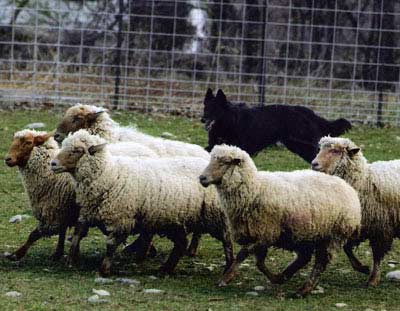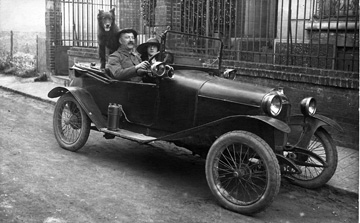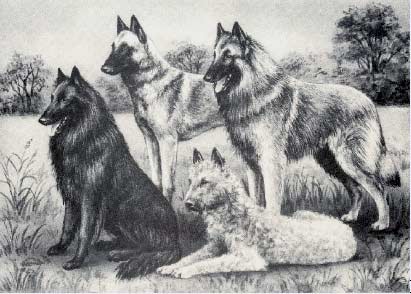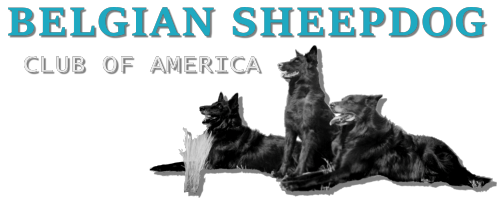
The recorded history of the Belgian Sheepdog can be traced to the late 19th century. Efforts to determine if there were true shepherd dogs representative only of Belgium identified a square, medium sized sheepdog. Differing in coat colors, texture, and length, the original varieties of the Belgian shepherd dogs took their names from the towns and suburbs near Brussels. The wire-haired fawn is named the Laekenois, for the suburb of Laeken, where they were first bred. The short-haired fawn is known as the Malinois, for the city of Malines. The long-haired fawn is the Tervuren, for the village east of Brussels, where the first Tervuren were bred. The long-haired black was officially given the name Groenendael (pronounced Groan-en-dahl) in 1910, for the village of Groenendael, where Nicolas Rose first bred them.

Interest in the breed developed very quickly, and it was apparent that although initially a shepherd or sheepdog, the Belgian Sheepdog was a versatile animal. With their keen intelligence and easy trainability, they were readily adaptable to a variety of functions. The first decade of the Twentieth Century found Belgian Sheepdogs working for the police forces throughout Belgium, Paris, New York City, and in Newark, New Jersey. They were also employed by European border patrols, serving as watchdogs.
During the two World Wars Belgian Sheepdogs distinguished themselves on the battlefields, serving as message carriers, Red Cross dogs, and defense dogs. Since World War II, interest in the breed has continued to grow. Today Belgian Sheepdogs show their talents in the conformation, obedience and agility rings, in tracking, schutzhund and in herding. They are still used in police work and in search and rescue as well as guide dogs for the blind and service dogs for the handicapped. They continue to prove themselves as a truly versatile breed while still exhibiting the devotion and beauty that first attracted notice in the 19th century.
Belgians were registered and shown as one breed in the United States until issues arose over color and inter-variety breeding. In 1959, the AKC gave each variety a separate status. The long-haired black dogs kept the AKC breed name of Belgian Sheepdog.

